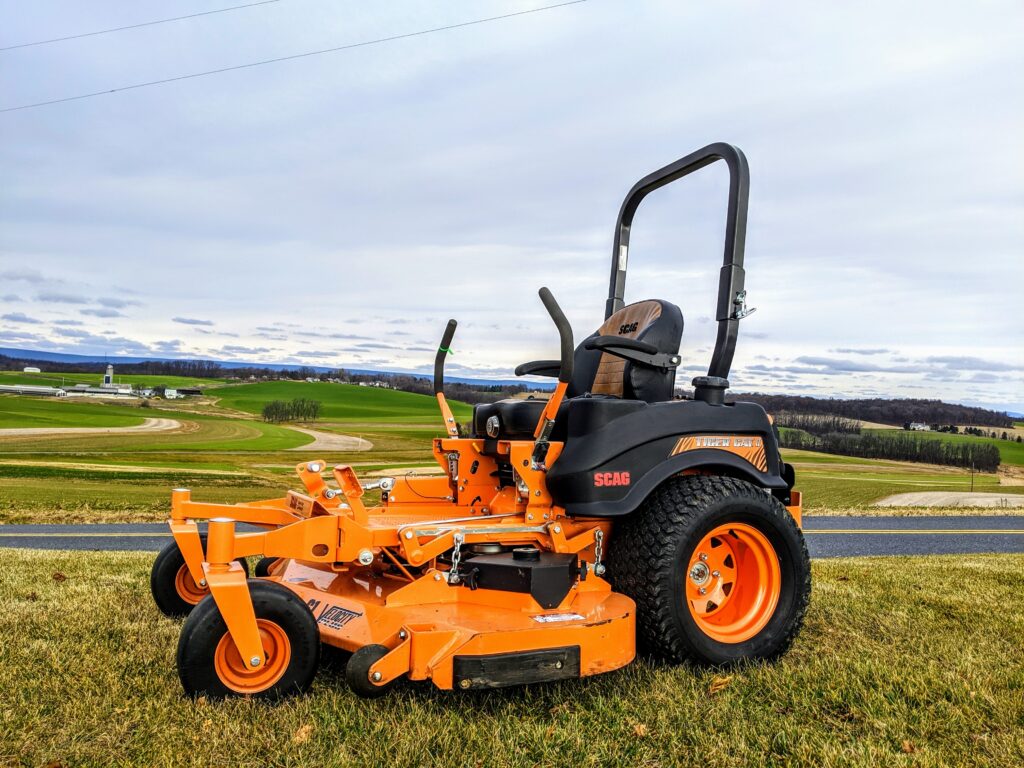Springs are often overlooked components, but they play a crucial role in the functionality and efficiency of various lawn and garden equipment. From lawnmowers to garden shears, springs provide the necessary tension, flexibility, and resilience to ensure smooth operation and longevity. In this article, we explore the different types of springs used in the lawn and garden industry and their specific applications, highlighting their importance in maintaining your garden tools and machinery.
Types of Springs Used in Lawn and Garden Equipment
Compression Springs
Compression springs are designed to resist compressive forces. They are commonly found in lawnmowers, particularly in the engine components and suspension systems of riding mowers. These springs help absorb shocks and maintain stability over uneven terrain. In garden tools like pruners and shears, compression springs enable the blades to return to their open position after each cut, enhancing user efficiency and reducing fatigue.
Extension Springs
Extension springs are used to provide resistance to pulling forces. In lawn and garden equipment, they are often found in the recoil mechanisms of lawnmower engines, enabling easy startup. These springs also play a crucial role in the tensioning systems of various gardening tools, ensuring that the components remain in the correct position during use.
Torsion Springs
Torsion springs are designed to store rotational energy. They are essential in the operation of garden hose reels, ensuring smooth retraction and extension of the hose. In hedge trimmers, torsion springs help in the reciprocating motion of the blades, providing the necessary force to cut through thick branches and hedges efficiently.
Key Applications of Springs in Lawn and Garden Equipment
Lawnmowers
In both push and riding lawnmowers, springs are vital for engine operation, blade engagement, and suspension systems. Compression and extension springs in the engine’s recoil starter make it easy to start the mower with minimal effort. Suspension springs in riding mowers provide a smoother ride over rough terrain, reducing wear and tear on the machine and improving user comfort.
Garden Shears and Pruners
Pruning and shearing tools rely heavily on springs to function effectively. Compression springs ensure that the blades return to their open position after each cut, allowing for continuous operation without manual readjustment. This mechanism enhances cutting efficiency and reduces hand fatigue, making gardening tasks less strenuous.
Garden Hose Reels
Springs in garden hose reels are critical for smooth operation. Torsion springs enable the hose to retract and extend effortlessly, preventing kinks and tangles that can disrupt water flow. This functionality not only makes watering your garden easier but also extends the life of the hose by preventing damage.
Innovations in Spring Technology for Lawn and Garden Equipment
Advancements in materials and manufacturing techniques have led to significant improvements in spring technology. Modern springs are now made from high-strength alloys and corrosion-resistant materials, ensuring they withstand harsh outdoor conditions. Coatings and surface treatments further enhance their durability and performance.
One notable innovation is the use of variable pitch springs in lawnmower suspensions. These springs have varying coil spacing, providing progressive resistance that adjusts to different loads and terrains. This technology enhances ride comfort and stability, making lawnmowers more efficient and easier to use.
Conclusion
Springs are integral to the functionality and longevity of lawn and garden equipment. From lawnmowers to garden shears, these components ensure smooth operation, efficiency, and user comfort. Understanding the role of different types of springs and their applications can help you appreciate the engineering behind your garden tools and machinery. As technology continues to advance, we can expect even more innovative spring solutions that will further enhance the performance and durability of lawn and garden equipment.

